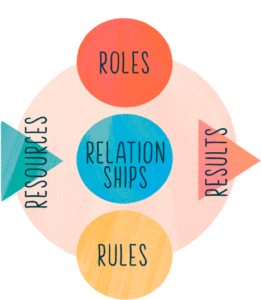
What are Systems and how can we change them, making a deeper impact on the world around us, tackling problems that desperately need solutions.
It’s fast and flexible! Three shorts films – not even 3 minutes each – pave the way to 6 easy-to-understand worksheets to complete on your own time.

















































Gain perspective and insight to guide you as a social entrepreneur, discovering some valuable tools to help find the root of the problems you face.
Watch the first short film and download the corresponding worksheets. These will guide you across our 3-part journey into the world of Systems Change.
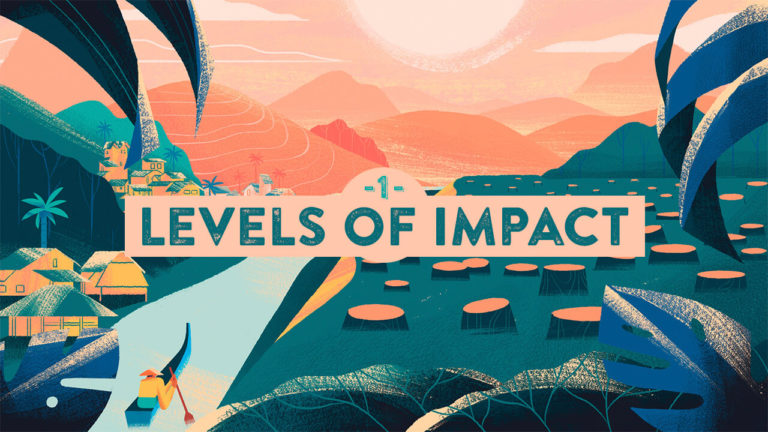

















































Identify what matters to you and lay the foundation for deeper change.
Test your knowledge on the different types of change and how Systems Change differs from Direct Change.
Make it personal – reflect on the types of impact you have had or hope to have and deepen your understanding.
If everyone was planting trees, handing out blankets to the homeless or volunteering to pick up trash, there is no doubt the world would be a better place. But what if these problems could go away altogether, and more importantly, what if you could be a part of that solution?
In Part 1, we introduce the idea of Systems Change, and how our friend Marco digs deeper to find the root of the problem in his community.
There are many ways we can make positive change in this world, but here we start to discover how changing a system can bring long term, radical change to the problems we face.
Creating change in the world is great, no matter if you are serving food to the homeless, or actively seeking to change the laws at parliament.
Here, we present different types of change. Our hope is to show you the deeper impact that changing a system can have, and ask you to consider this when thinking about how to tackle the problem that you are facing.
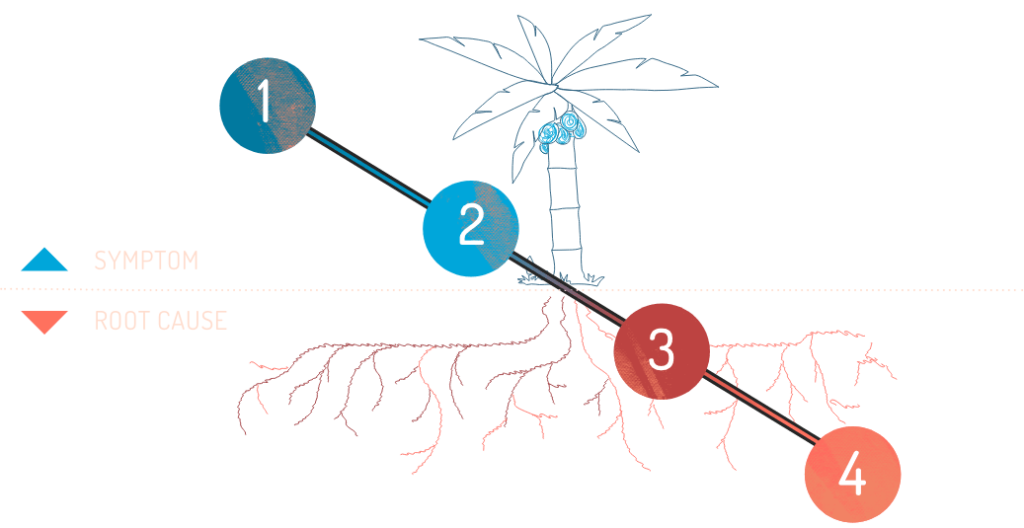
Addressing the immediate needs of specific individual or community. This means, seeing a need, and trying to fill it. The homeless are given food. Cut down trees are replaced by freshly planted trees, etc. These actions are all examples of Direct Change.
This is where we multiply and scale our direct service beyond what we can do alone, reaching higher and farther. We organize teams, organizations, NGO’s who can reach more people with food and water, set up shelters to protect and house many victims of domestic abuse. This often means having the chance to go outside your community, and reach a broader range of individuals, even beyond borders.
Tackling a root cause for a social problem by changing the way a social system operates. This could be anything from a policy change in the timber industry, a new practice in the education system to more people playing a role in fighting organized crime. It is not giving someone a fish, or even teaching someone how to fish, but revolutionizing the fishing industry. Through specific, pointed changes, the ripple effects of Systems Change can reach much further than a direct service approach ever could
Changing paradigms regarding entire systems. This is creating a new “norm”, in which people’s default expectations are shifted for the better: for example, the effects that the civil rights movement had on the world concerning race and gender equality in the USA, or the need for social entrepreneurship.
For our Changemaking curriculum, we are focusing on systems change. But the other levels of impact are equally important. Marco wants to build new local industries around living trees in order to protect forests (a system change). That might require planting new trees (direct service). Similarly, it might make sense to introduce a new medical practice in a hospital system (system change), but that doesn’t mean that we no longer need doctors, nurses, and hospital providers to deliver direct services to patients.

















































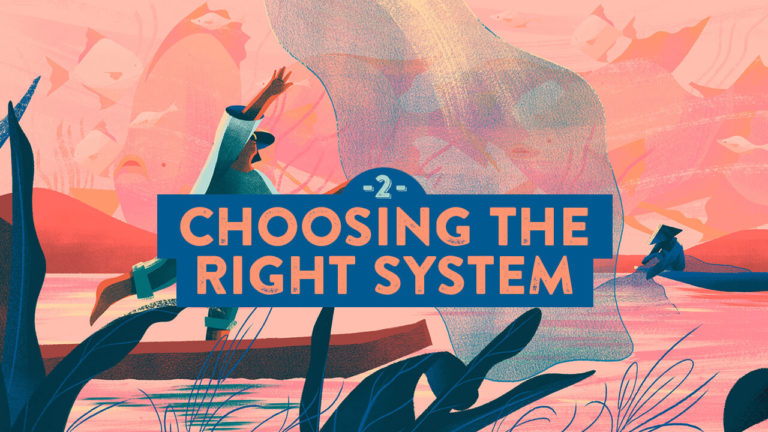
Sometimes the toughest part of finding a solution is to know where to look. But through listening, patience and keeping a humble attitude, Marco kicks off his journey of change.
We join Marco as he begins to dissect his problem and understand the systems that effect the forests. As you find more about your problem, you’ll see how different systems effect the outcomes differently.
Although all systems might be relevant and effecting your problem in a good or bad way, not every system can be changed, or needs to be changed. Marco finds the right system to implement his ideas of change, and so can you, even if it means taking smaller steps.
There are a lot of systems out there, but which ones effect your problem in significant ways? Brainstorming is key – here are some jumping off points.
There are many many more systems, just to name a few:
Education
Transportation
Crime
Culture
Justice
Healthcare
Sports
Social Fabrics
Public Admin
Public Utilities
Art
Rehabilitation
Finance
Family
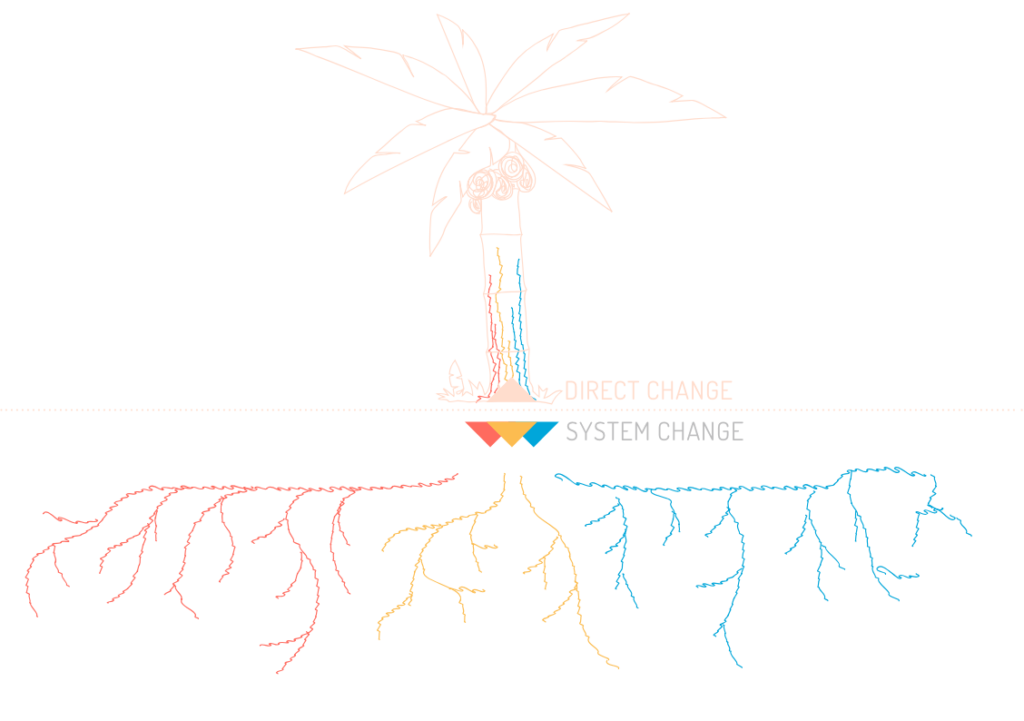
When we describe systems, we can use the analogy of a tree. On the surface, we see the results – either good fruit with green leaves, or perhaps more problematic results, with sickly leaves and little or no fruit. We could try to give it more water, make sure it gets enough light, or even graft in new healthy branches, but we aren’t fixing the deeper problem. Often, we need to look either underneath the soil, or even beyond the tree to understand its bigger ecosystem. Perhaps it’s sitting in the wrong soil, or its root structure is demolished by insects. Only when we dig further, or look farther will you see what systems are affecting our tree. Likewise, it’s time for you to look deeper and see which systems are effecting your problem the most. Each of them will contribute differently, but even then, you’ll notice often how interconnected systems are with one thing dependent upon another.

















































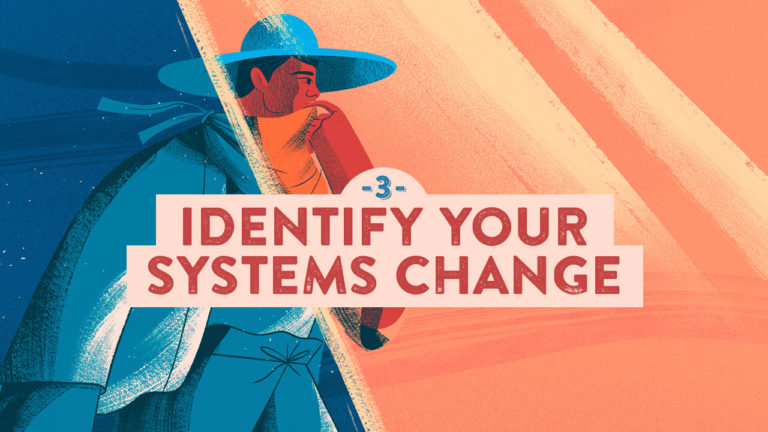
You’ve come so far! Now that you have identified three main systems, it’s time to figure out one to change. But how can you change a system?
Watch Marco and Kovit as they use the 5 R’s Factory* to analyse their systems through Resources, Roles, Relationships and Rules, and see how their Results can change. This is perhaps the most challenging part, but it’s where things start becoming very practical as you see how action creates reactions within your system.
And lastly, crafting a statement of change will give you a clear goal and vision moving forward. As Marco and Kovit show us, systems can change our perspective on how you move forward to tackle the problem most important to you.
* based on a framework by USAID
Our 5 R’s Workshop is just one of many ways to figure out how to change your system. We find it very effective, but only when given enough thought! It is here that change happens – where roles, relationships and rules start rubbing together, fuelled by the Resources to produce your Results.
* based on a framework by USAID
